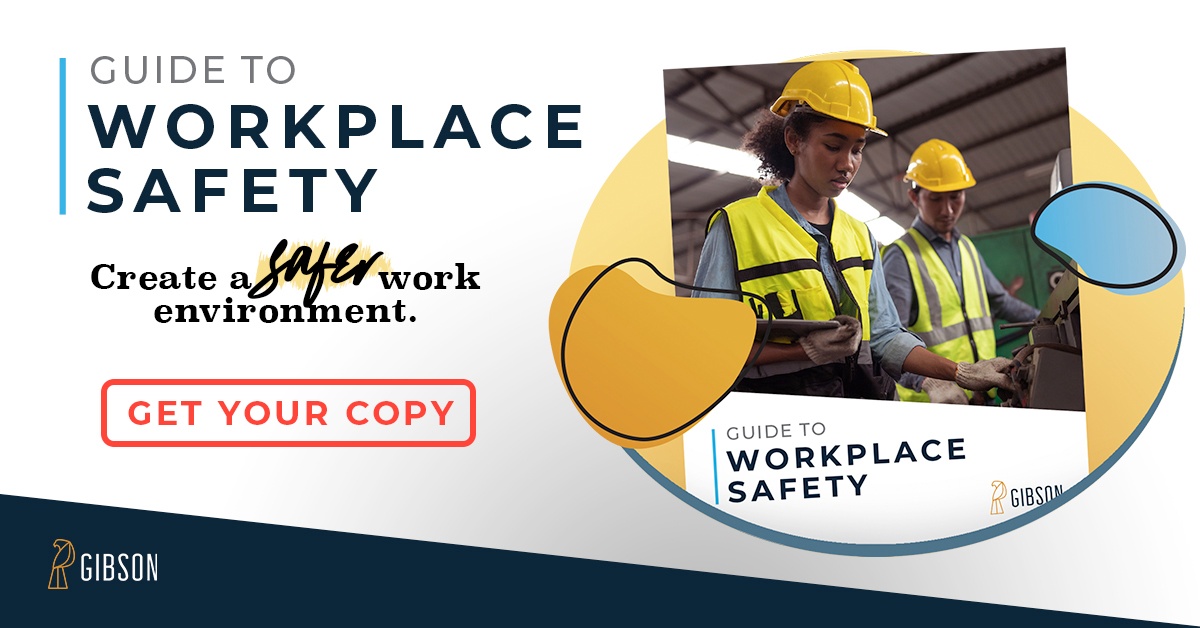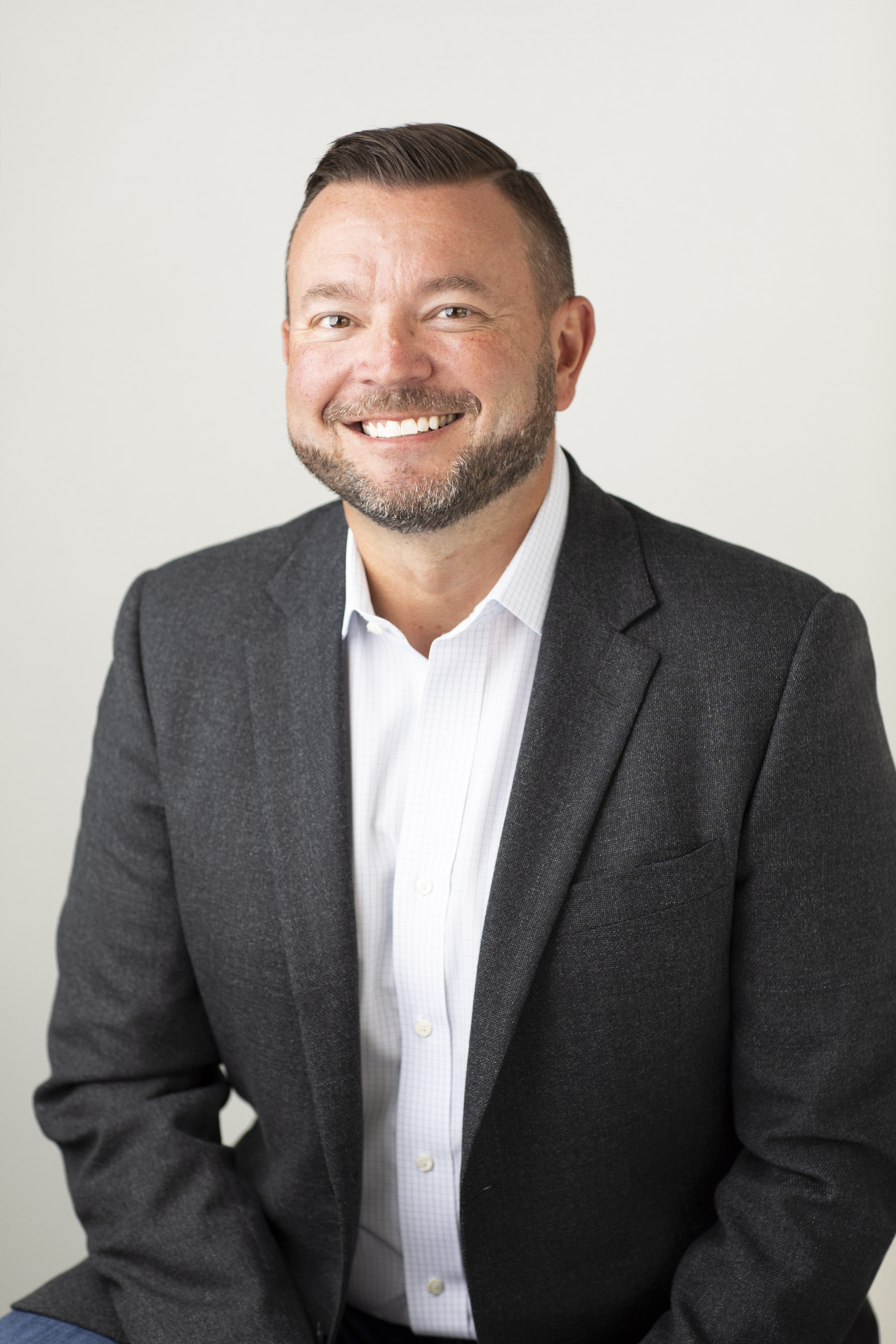Our community "produces thousands and thousands of kids who aren't prepared for higher education or the workforce," said Bruce Greenberg, former CEO for Family & Children's Center, a not-for-profit umbrella organization that includes the Boys & Girls Club of St. Joseph County among it's affiliates. Bruce and new CEO Jory Kelly know the difference an organization like the Boys & Girls Club can make in the community. This letter says it all!
And with so much demand for services, they couldn't do it without great community support. "Since many not-for-profits begin every year with an amount 'to be found', receipt of unplanned funding helps provide services without the risk of cancelling due to funding shortfalls", commented Greenberg.“Unplanned funding is fun. It's like Christmas anytime of the year. Who wouldn't appreciate a surprise gift?” says Kelly. “The flip side is that planned contributions make a much deeper impact. The magic of engaged and strategic investment occurs when we are able to match the needs of the children we serve with the desires of a donor to support our mission by inspiring and enabling children to reach their full potential.”
"What not-for-profits can't have is the flash-in-the-pan types where it 'seemed like a good idea at the time' to get involved even though there was no real support for it", commented Greenberg. "Partners provide stability, community commitment to the importance of the cause, and relationships that may open other doors."
“Get to know what your employees and customers care about,” states Kelly. “Where do they volunteer their time? Is there overlap between their values and your corporate values. Take time to clarify and build consensus and then identify local charities that best fit your culture. Like anything else in life, you only get out what you put in.”
It's one of the things that make me very proud to work at Gibson. Greg Downes, Chairman of the Board at Gibson, sat down to talk with me about Gibson's engagement over the years. "One of our core values, stated in different ways at different times, has always been to be a good corporate citizen in each of the communities we do business", said Downes. "I think we live up to that in many ways, not only financially, but, more importantly, by encouraging our employees to engage with various not-for-profits on our time as well as their own."
I knew this had been a part of our history and culture since our founding in 1933. I decided to ask Dave Gibson, Chairman Emeritus, about it. How did it all get started? "My father (Dan Gibson) believed strongly that we had an obligation to pay back or support the communities in which we made our living", said Dave. "This meant supporting the organizations that provided services and programs for those individuals and families who had a need."
I could tell that to Dave it wasn't something he did in order to get noticed. He considered it his duty and obligation as part of a greater purpose. "It's one of the many things that has made our country so great: the broad support and involvement of so many in volunteerism. It is truly unique in the world."
Many leaders want to help but don't know the best way to do it. Those that are already involved in the community can sometimes struggle as new generations of employees aren't as personally connected to causes their company has supported in the past. Or they feel pulled in many directions, providing a little support to a large number of groups, and wondering if they're making an impact.
"What we've seen over time is more organizations focusing their efforts on fewer but more relevant causes where the organization AND its employees want to get involved in a hands on way", said Greenberg emphatically.
A few years ago, Gibson decided to take a strategic approach to our not-for-profit involvement. "We used a survey and found that our average employee contributed well over 100 hours each year to various causes, and about 80% of that was on their own time, with the focus being on churches, schools, and sports teams," said Downes who helped lead the initiative.
"We created Gibson GIVE. It embodies the spirit of focusing on one cause with greater impact by asking our employees, partners, and clients to Give ‘What Matters Most’ (to them) – money, expertise and time", added Downes. Our process was well received and we ultimately settled on Boys & Girls Clubs as our key partner.
Here's how we did it:
- We created a committee made up of a diverse group of employees with representatives from each of our four offices, every department, and every age group.
- The committee met several times and through some vigorous debate, built criteria for selection.
- Surveys were distributed to all employees so we could understand our current involvement and community impact as well as solicit ideas.
- We had great engagement from our employees and started with well over 50 organizations to consider supporting.
- The Boys & Girls Clubs were ultimately selected as they best met our criteria and provided an opportunity for local involvement for each of our offices.
- The committee also created a policy for giving that requires our employees be involved with the organization when seeking company funding.
We certainly don’t intend to abandon our prior causes but instead hope to get everyone engaged at some level with the Boys & Girls Clubs. In the process, we hope to encourage all our employees to GIVE to something that matters most to them, regardless of what that is. And I know that fits perfectly with the vision the Gibson’s had for our organization.
"I believe that the same principles that govern us as individuals in our values should extend to our businesses. We need to establish a culture of giving and set examples that clearly show how our individual values extend to the organization", added Dave Gibson.
What's The Risk?
“Well it's pretty simple. Without corporate partners, most not-for-profits can't make it,” says Greenberg. “Without them, you'll see more behavior problems, less healthy lifestyles, more after school crime, unwanted teen pregnancies, addictions, and a life-long drain on your community. Sound appealing?"
Dave Gibson summed it up well. "My measure of success in life and business is 'Did this person or their actions make a positive difference?' In other words, is the business, organization, or community better today because they were part of it?"
Just chew on that for a bit. It's a powerful question and one we each have to answer. It's also an incredible example and legacy for our team at Gibson.
And with that, I will use this blog to make a shameless plug for your support. It will cost you just a couple of minutes, but is potentially worth $10,000 to the Boys & Girls Club. We are a Top 15 finalist in a contest sponsored by Safeco. They will award $10,000 to the top vote getter. You can vote daily at the site below for Tania Bengtsson. Thank you in advance for your support! Click here to vote daily!



